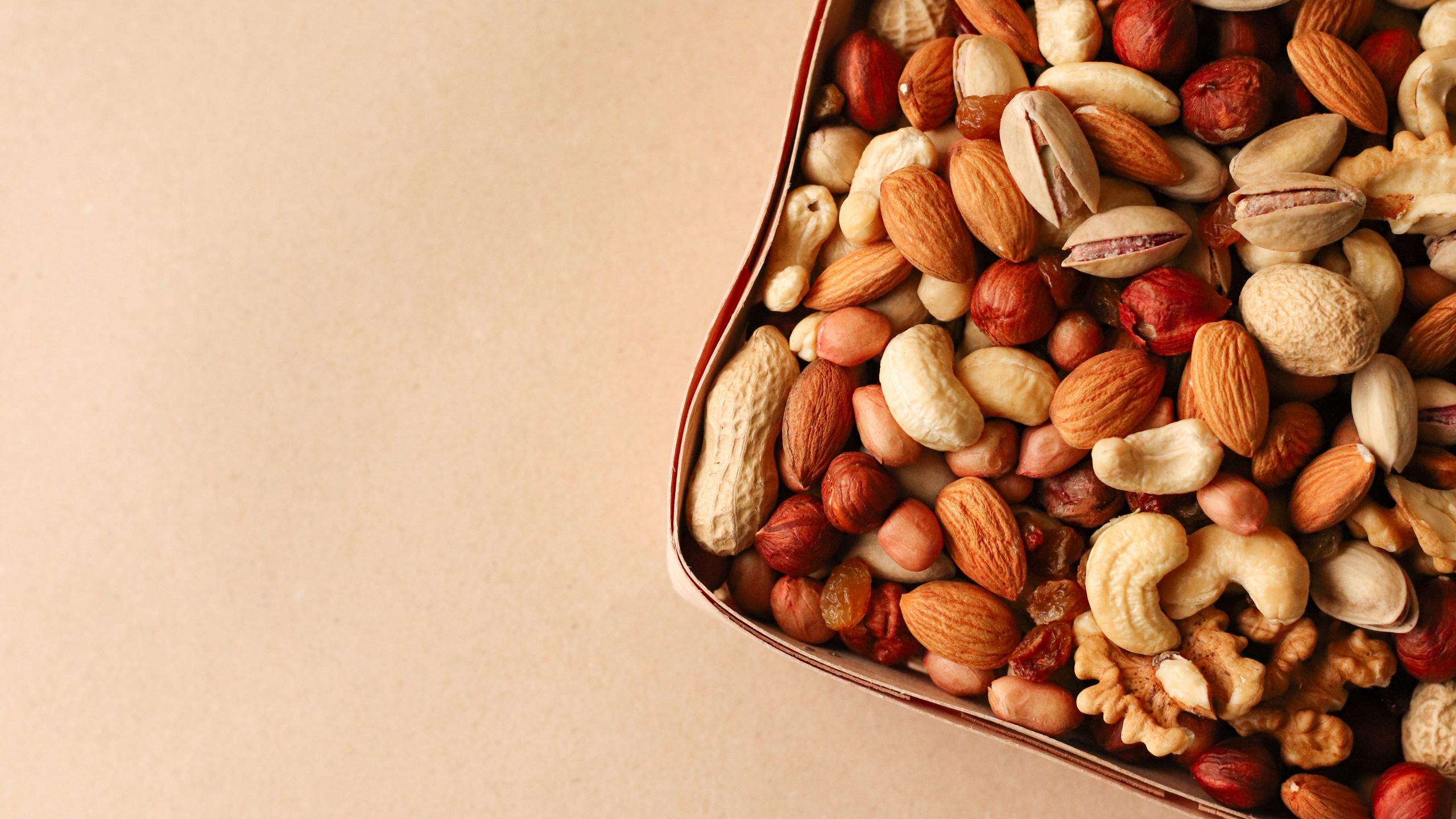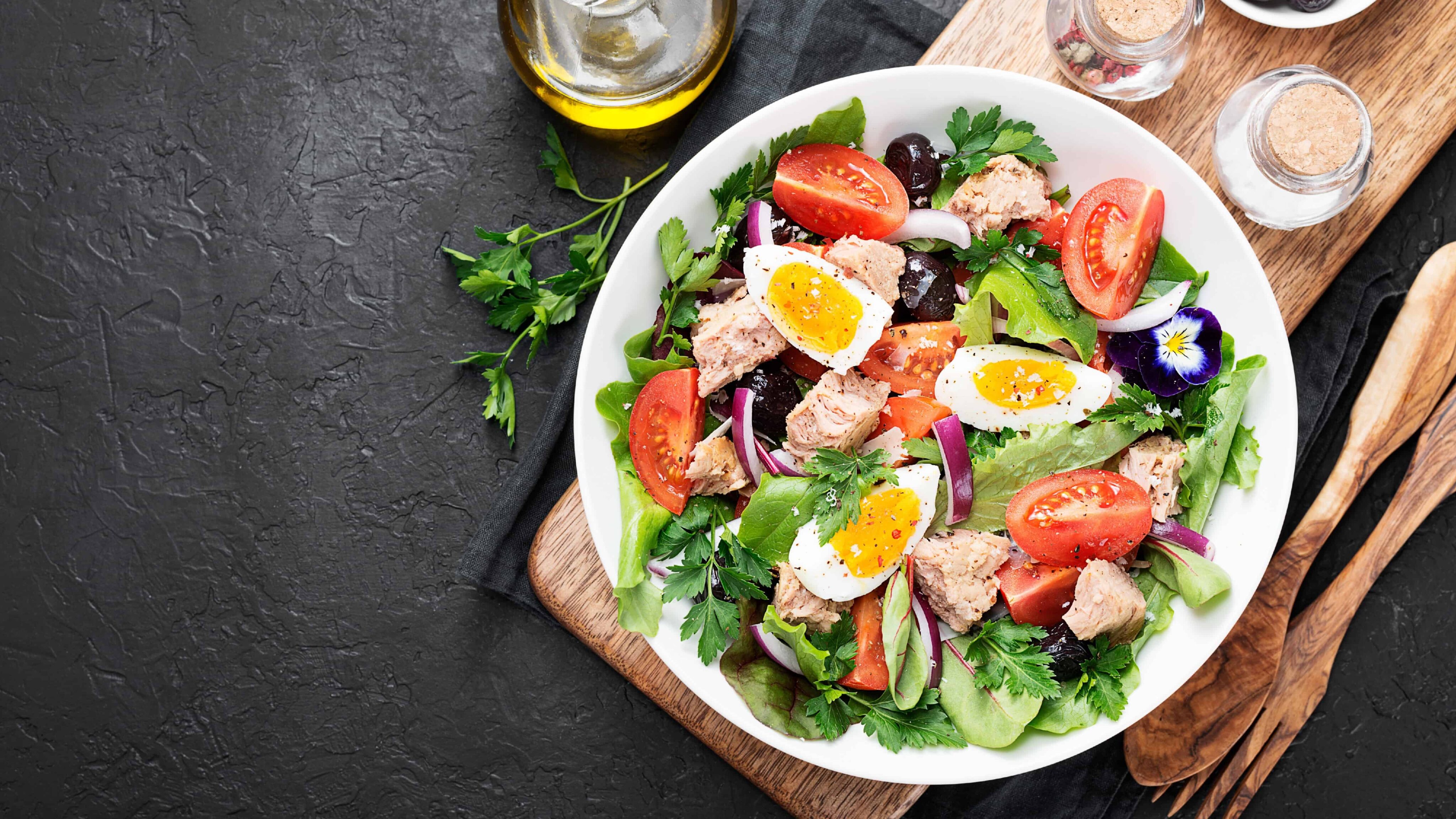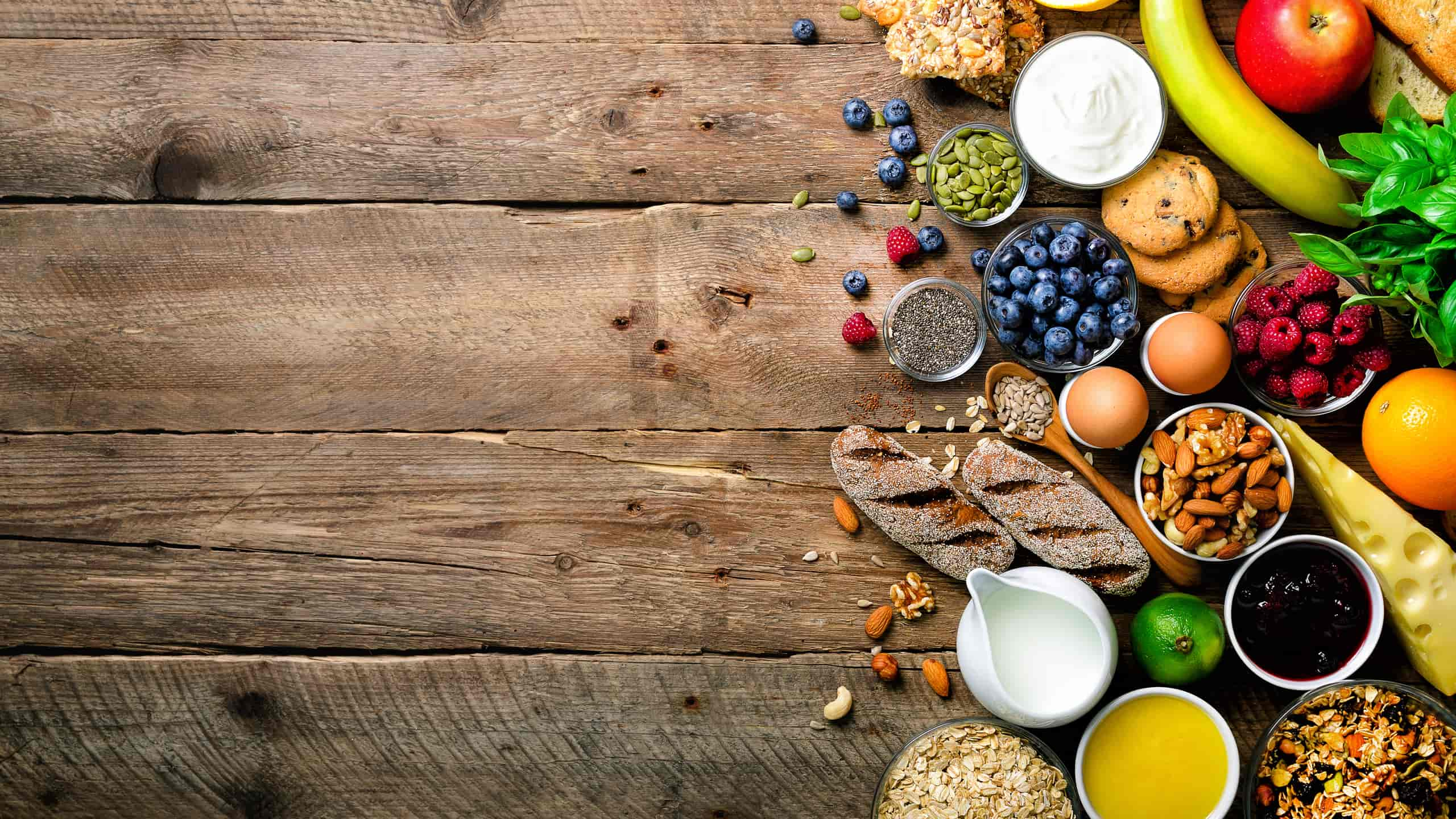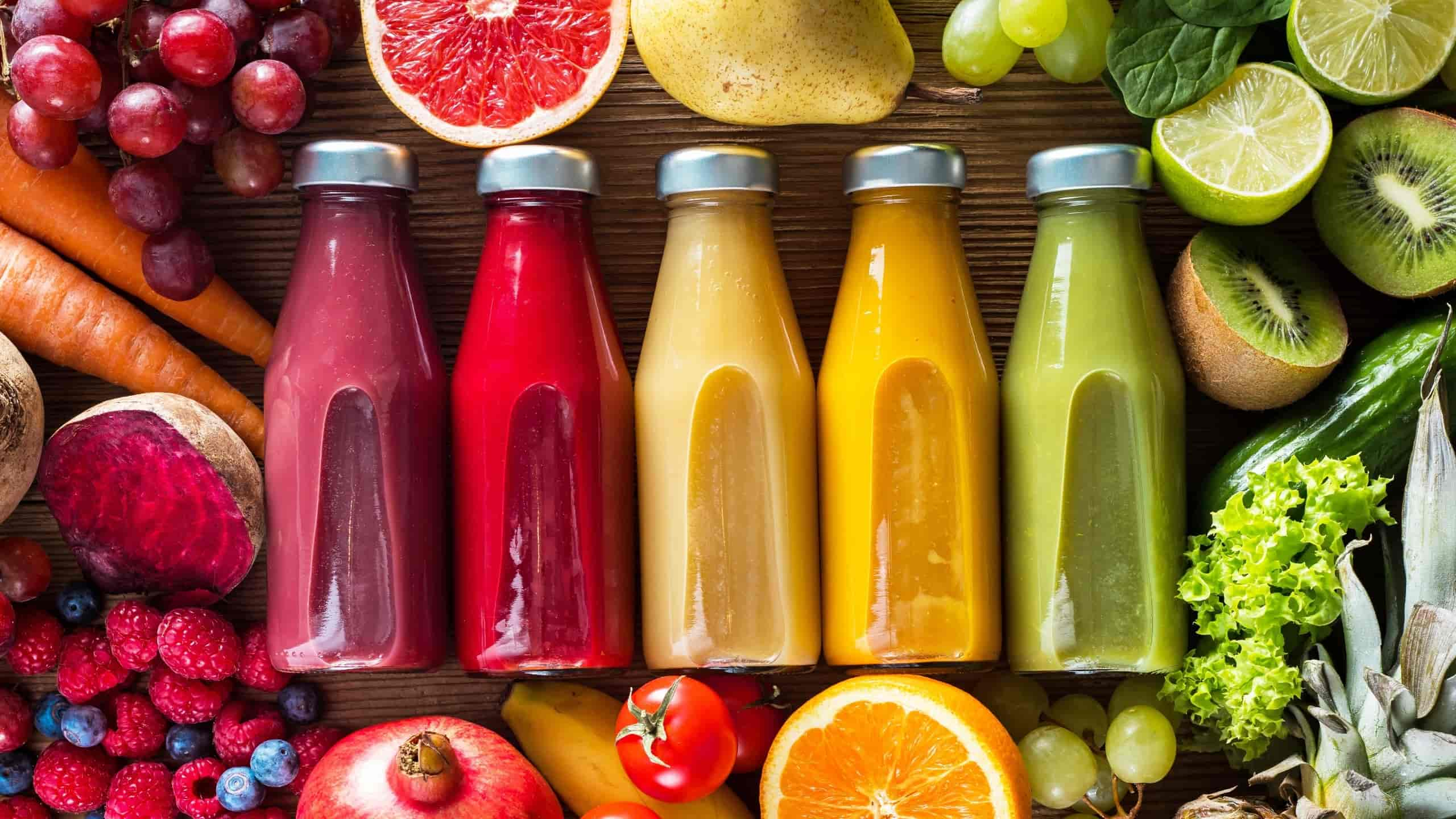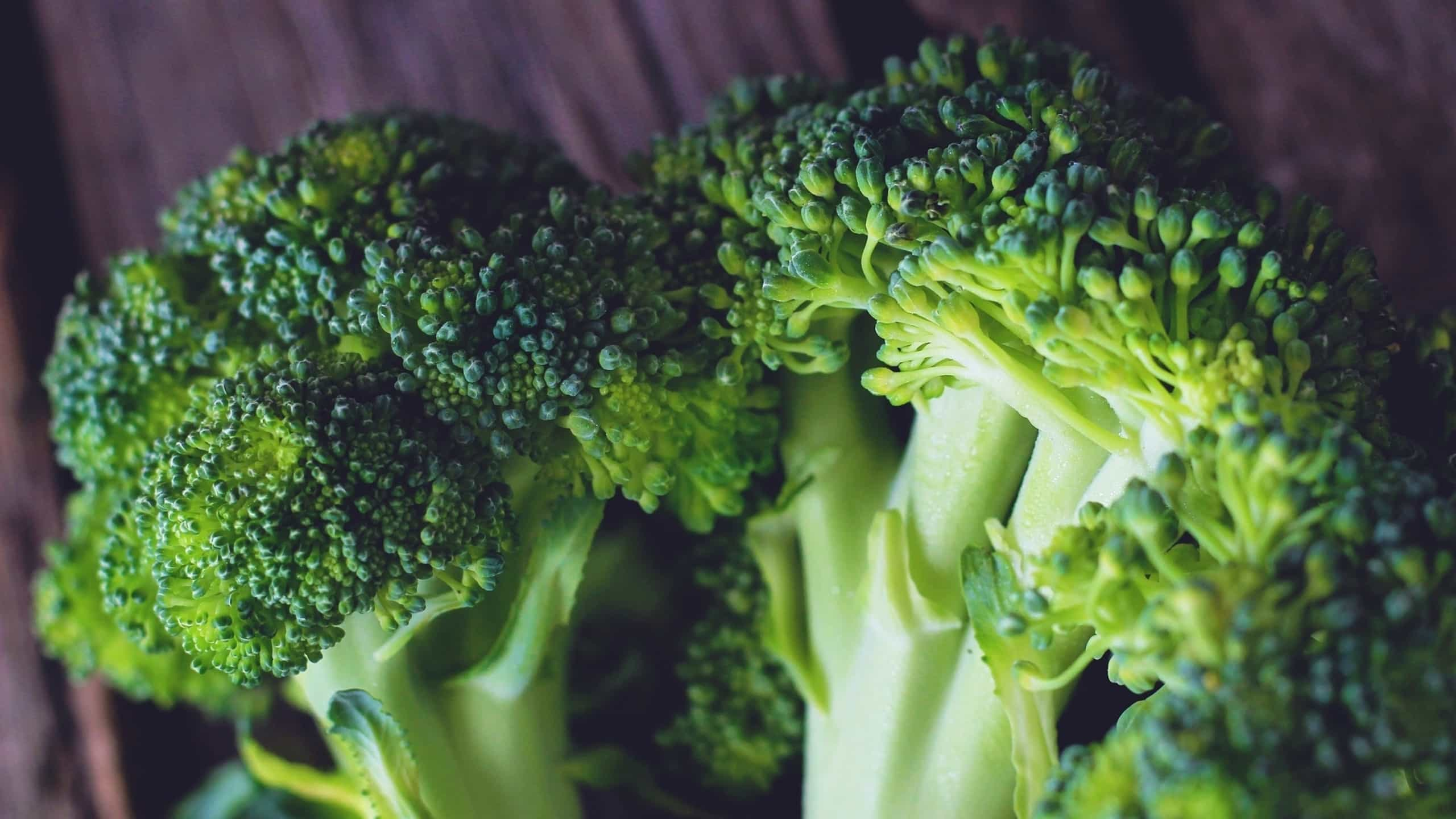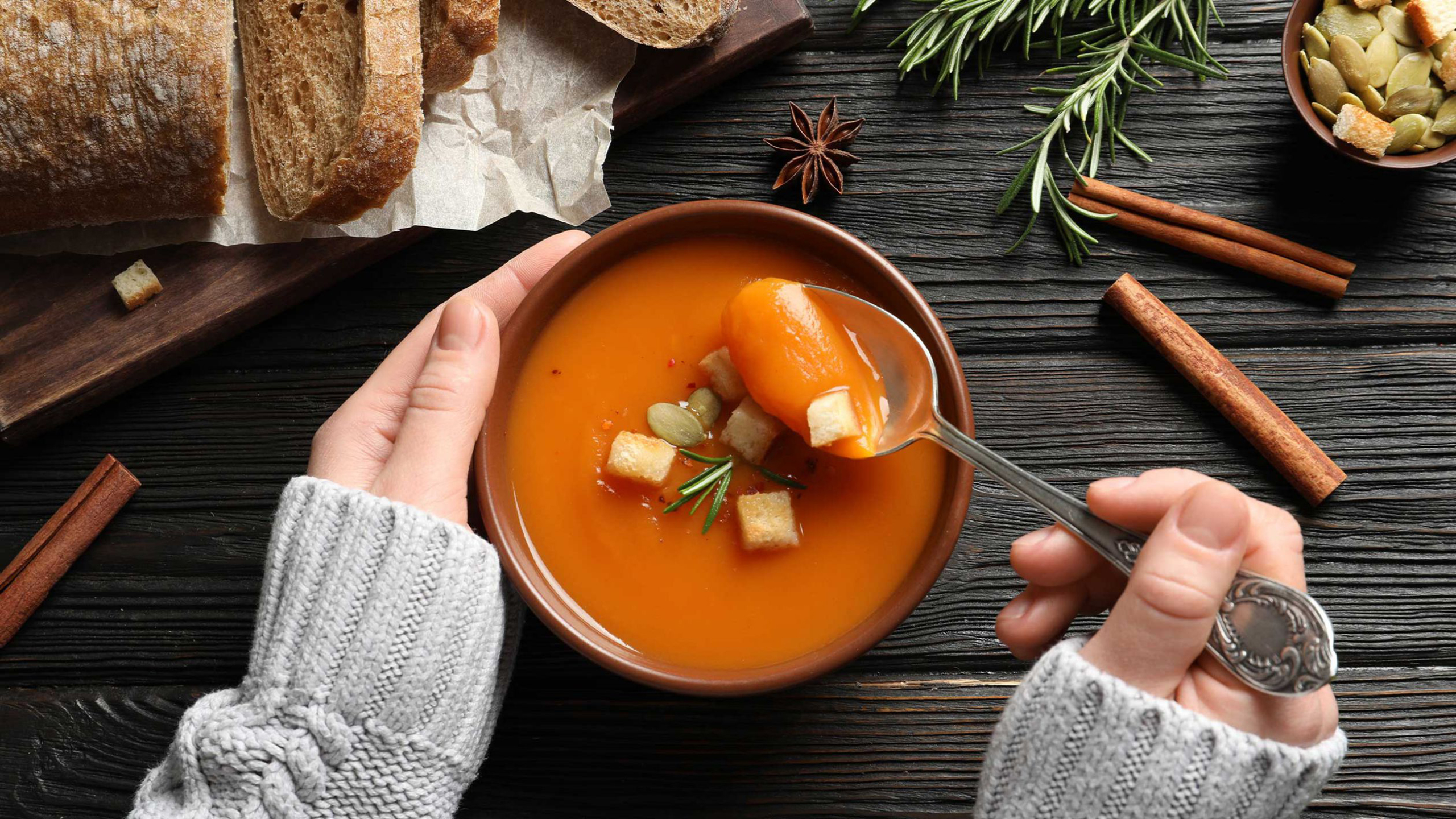Food, décor and… jump scares: how pumpkins took over the world
Pumpkin, squash, gourd, cucurbit. These words all originate from the botanical genus Cucurbita.
Botanically speaking, pumpkin is a fruit, but thanks to its taste and nutritional value, it is also classified as a vegetable. Pumpkins grow on vines and are so versatile that they can be used in and out of the kitchen. It is also a central part of Halloween celebrations.
Native to Central America, the Cucurbita family includes every species known generically as “pumpkin”. With its proximity to North and South America, the species eventually migrated and became an indispensable ingredient in several countries’ cuisines and cultures.

The pumpkin’s wanderlust led it to the four corners of the world.
In a very short period, varieties, colours, and shapes multiplied.
Today, it encompasses dozens of species – with just five being the most popular and common, available pretty much all over the world.
What are the most popular pumpkins?
Surely you have come across several types of pumpkins on trips to the grocery store or supermarket. And you may have also seen decorative pumpkins in gardens and backyards – the latter are not edible, but they are pretty. The most common varieties for consumption are:
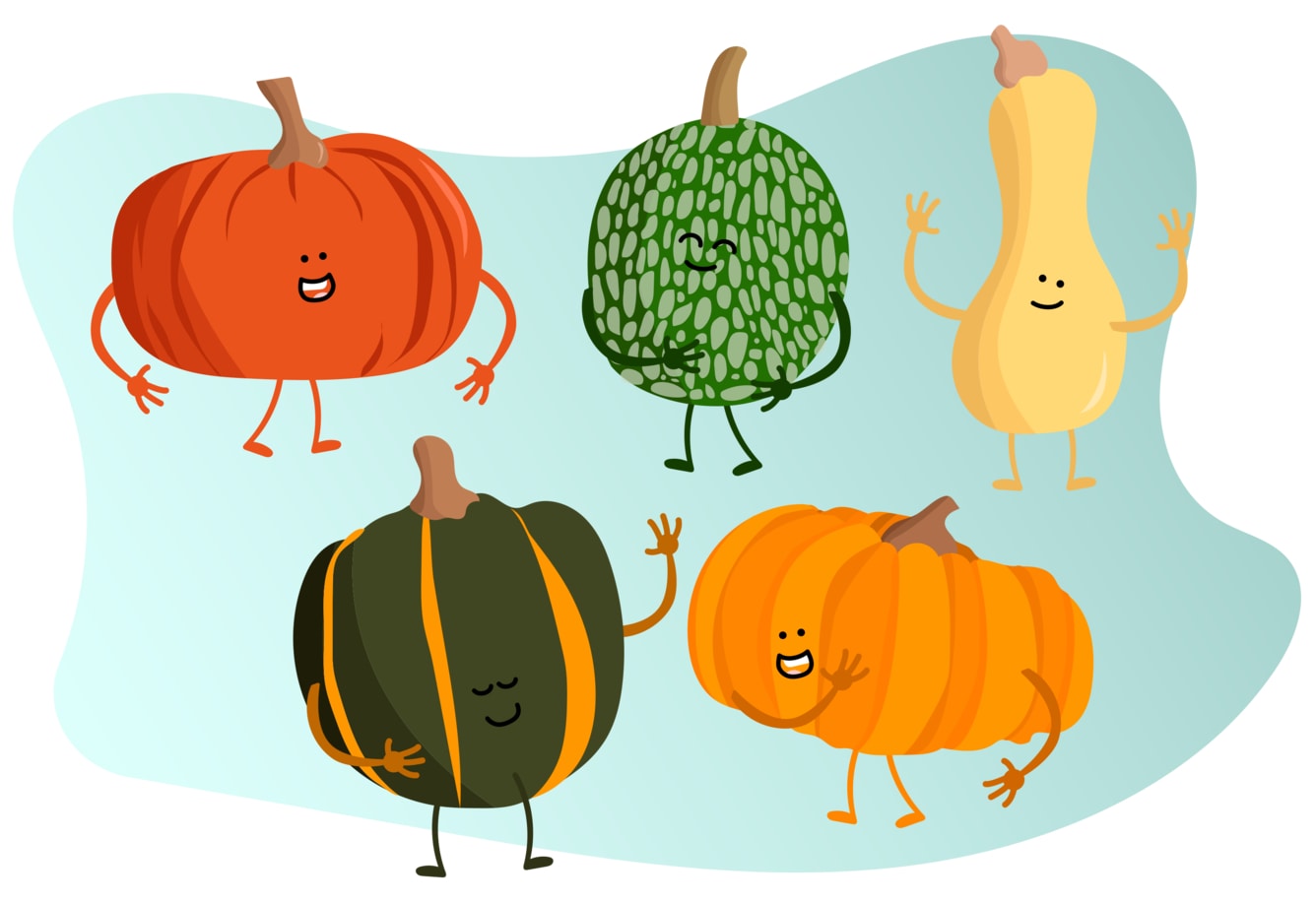
- Common pumpkin: large, bright orange and with a smooth skin;
- Fig-leaf gourd: also known as Asian squash, chilacayote, cidra, or black-seed squash, has green and white skin, similar to melon;
- Butternut squash: with a light orange skin and flesh, and pear-shaped;
- Giant pumpkin: large and heavy, similar to a common pumpkin, with a rough, yellow skin;
- Muscat de Provence pumpkin: similar to a common pumpkin, but flat at the top.
These varieties differ slightly in taste and texture, especially the fig-leaf gourd, whose flesh is much more fibrous. The fig-leaf gourd is more popular in Portugal and Spain, where it is mainly used to make jam and Christmas pastries. The Giant pumpkin is not very popular in Southern Europe, but very appreciated in other European countries and in the U.S.
So, what about pumpkin seeds?
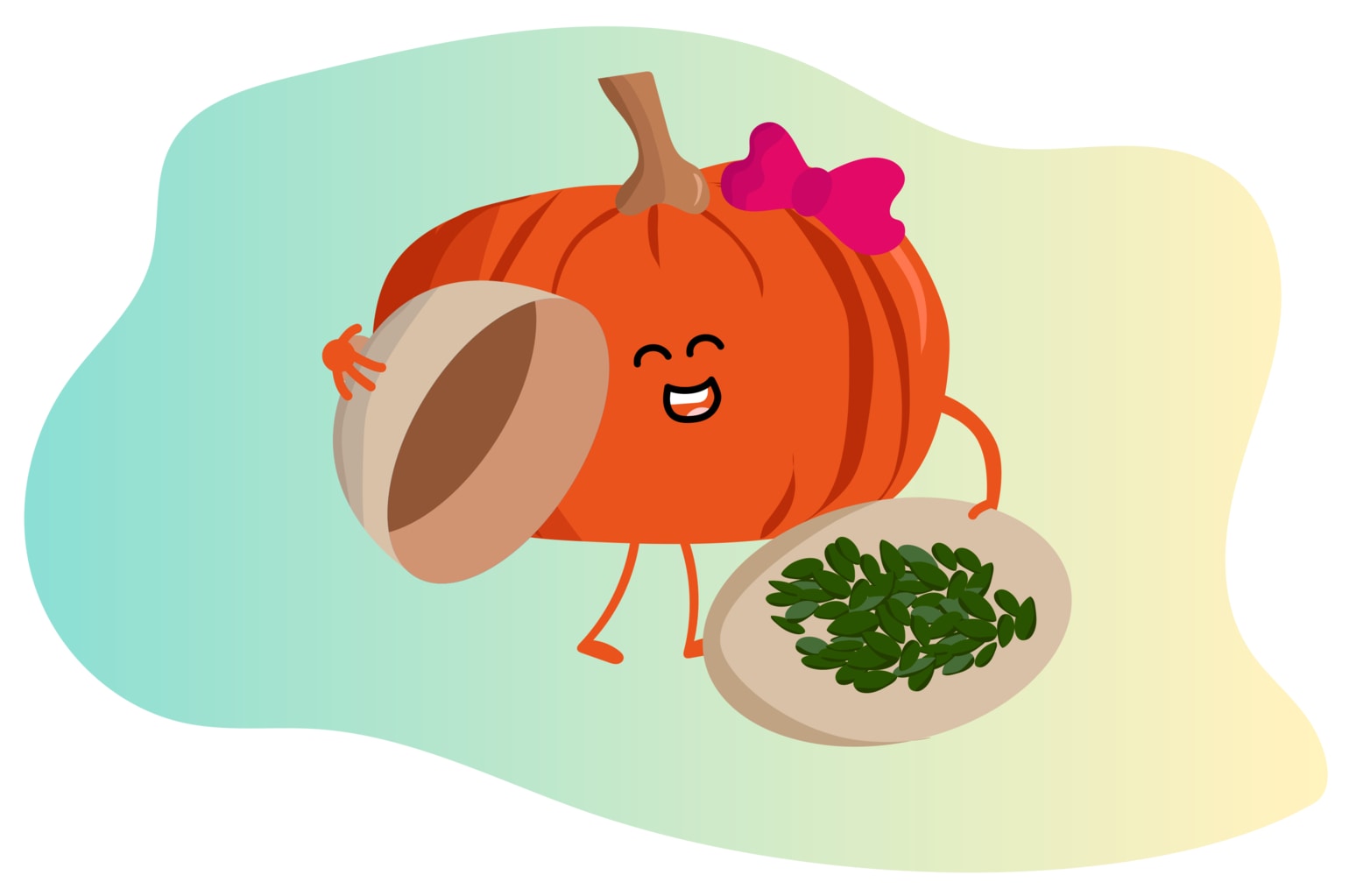
Pumpkin seeds make great snacks. They can be also used in salads, granola, bread, cereal bars, or even soups. They’re rich in protein and minerals such as zinc, magnesium, and phosphorus – our brain’s favourites!
Delicious pumpkin recipes to try out
This fruit can be incorporated in practically every kind of recipe and meal, from soups to sweets to pastas and purées. Small children usually like pumpkin for its sweetness and vibrant colour.
Pumpkin and soup are a match made in heaven: instead of good-old potato-based soup, try a rich creamy pumpkin soup with lots of basil! For a colourful and different dish, try stuffed pumpkin, like quinoa-stuffed Butternut Squash. Is there room for dessert? Pumpkin cake with nuts is calling! What about snacks? Pumpkin purée is a terrific addition to biscuit batter, muffins, or even bread. Pumpkin jam, very appreciated in Portugal, is absolutely delicious on a cheese platter.
But what about that famous dessert, so typical of North America and simply irresistible in the autumn? We’re talking about pumpkin pie. Here’s a simple, warm, delicious recipe to try out.
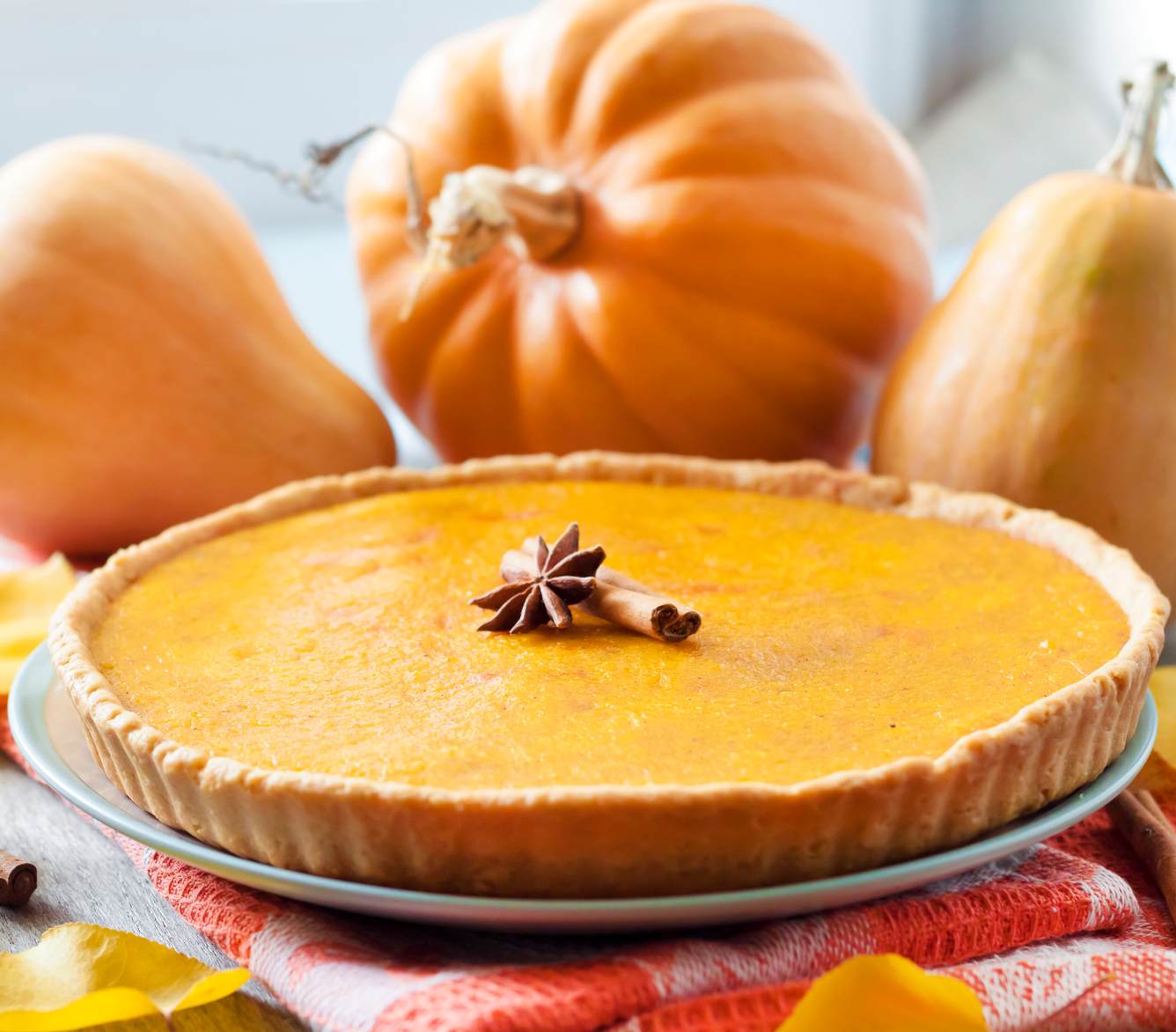
Pumpkin Pie (traditional American recipe)
Ingredients:
- 500 g pumpkin;
- 4 eggs;
- 200 g sugar;
- 1 tsp cinnamon;
- 1 tsp spices to taste (ginger, cloves, nutmeg, fennel…);
- 1 shortcrust pastry sheet (you can make your homemade version).
Preparation:
- Preheat the oven to 220 °C and roast the pumpkin, peeled and seeded (you can boil it, but the flavour will not be as intense);
- Let cool and puree. Reserve 500 g of it for the pie;
- Reduce the oven temperature to 180 °C and, in a separate bowl, beat the eggs and add all the other ingredients;
- Line a pie pan with the crust and pour in the pumpkin mixture;
- Bake for about 40 minutes. If you want to uphold tradition, serve with whipped cream or, for a lighter option, use plain Greek yogurt.
Trick or Treat: How pumpkin became a Halloween icon
Pumpkins have more than enough going on for them to shine in the kitchen, but there’s another occasion where they quite literally sparkle; the 31st of October, the eve of All Saints’ Day, celebrated in many countries as Halloween.
During Halloween, it is customary to carve pumpkins into the shape of a lantern, usually with scary faces, and place a candle inside. This eerie setup has a name – Jack-O’-Lantern and was brought to the United Stated by Irish emigrants.
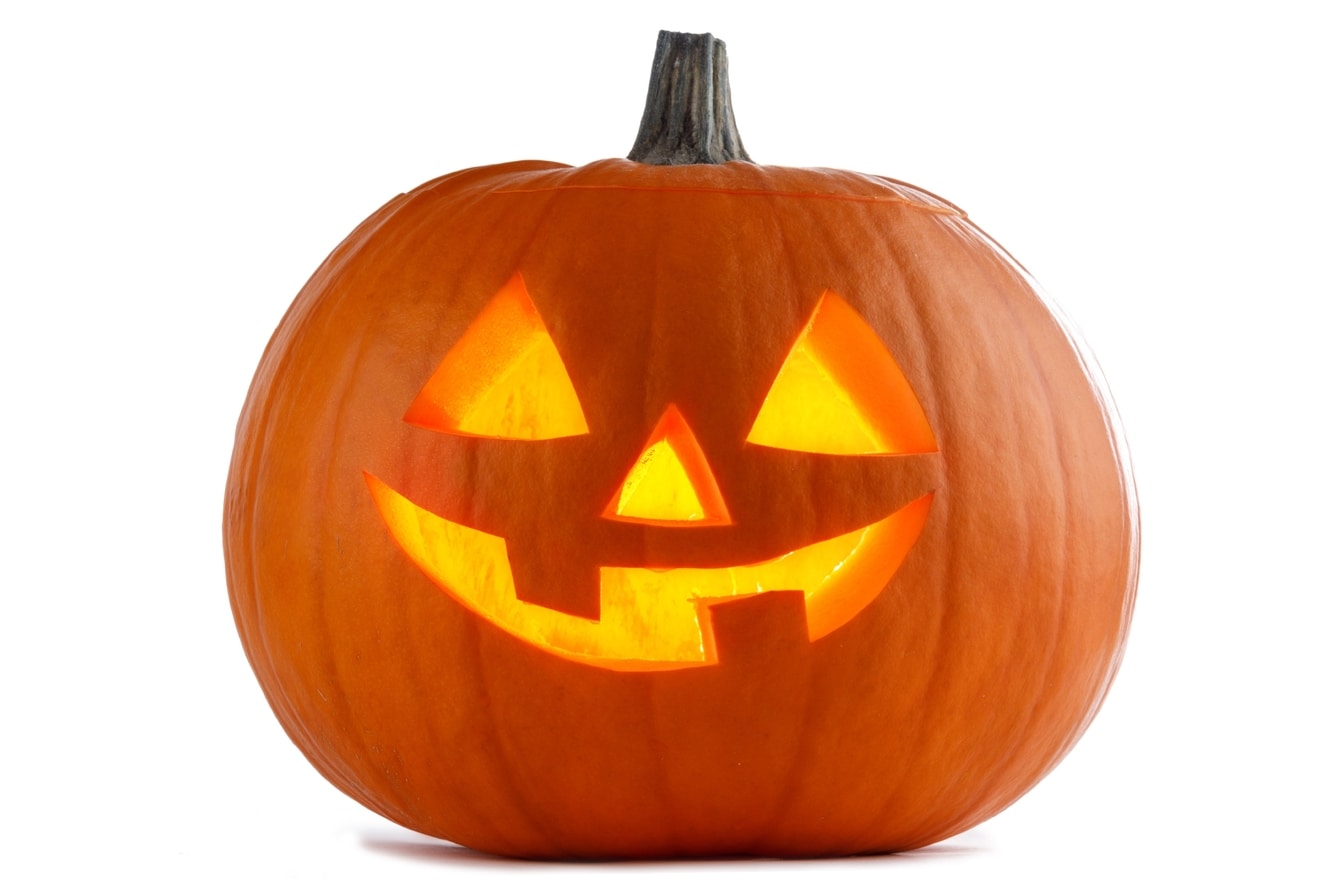
Back in Scotland and Ireland, Jack-O’-Lanterns were used to ward off evil spirits and, in particular, a well-known lost soul, “Stingy Jack” – hence the name. However, the first lanterns were carved in turnips, potatoes, or even beetroots.
When Irish emigrants in the United States first came across pumpkins – until then practically unknown in Europe – they quickly realized that it would make for the perfect Jack-O’-Lantern.
If you’re a fan of this celebration, be sure to carve your own Halloween pumpkin. However, don’t waste the delicious pumpkin flesh! Instead, carefully scoop it out and use it in a tasty recipe. As for your Jack-O’-Lantern, get creative to make it really scary!

